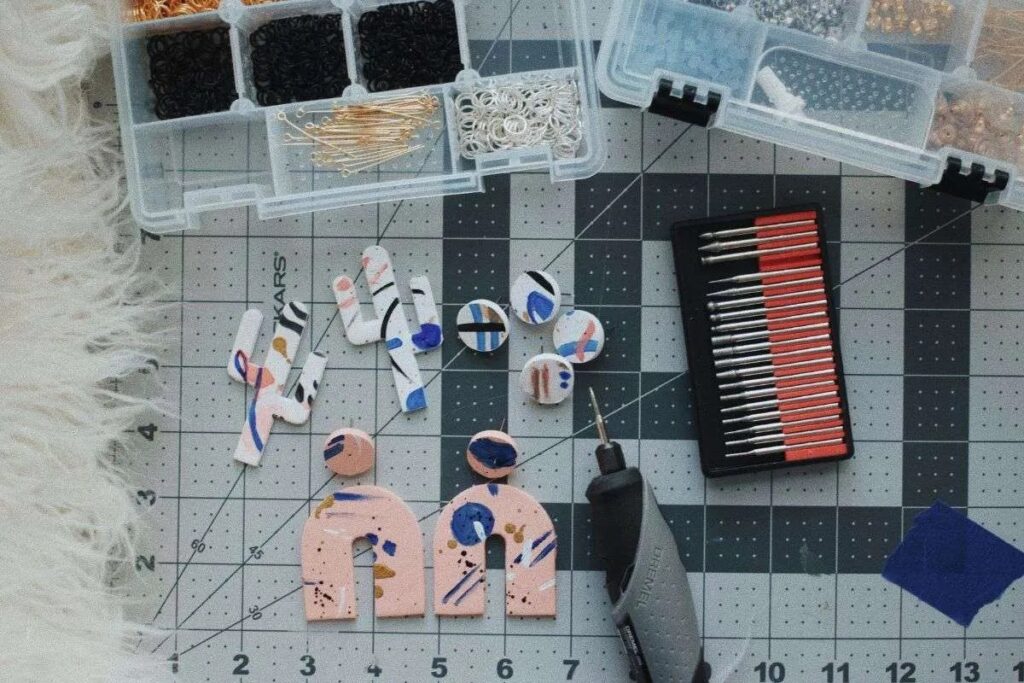Starting your adventure with polymer clay can feel like navigating a vibrant maze. With a multitude of brands and types available, you might wonder which one is the best fit for your creative endeavors. This article will guide you through the essentials of polymer clay, helping you make informed decisions as you embark on your crafting journey. Are you ready to unleash your creativity? Let’s dive into the world of polymer clay and explore the options that await you!
Understanding Polymer Clay: A Beginner’s Guide
Polymer clay is a versatile medium that allows you to create stunning pieces, from jewelry to intricate sculptures. But, before you get started, it’s crucial to grasp the basics. Polymer clay isn’t just any modeling clay; it’s a synthetic material that hardens when baked in an oven. This unique characteristic makes it ideal for various projects, whether you’re a novice or more experienced.
Choosing the Right Brand of Polymer Clay
With countless brands on the market, selecting the right one can be tricky. Here are some popular options to consider:
Each brand has its unique qualities, so experiment to find which one resonates with you.
Types of Polymer Clay and Their Uses
Not all polymer clay is created equal. Understanding the different types can enhance your crafting experience. Here’s a quick breakdown:
By knowing the characteristics of each type, you can choose the best match for your project.
Essential Tools for Working with Polymer Clay
To truly enjoy your crafting journey, having the right tools can make a big difference. Here’s a list of essentials:
Investing in the right tools will streamline your process and enhance your results.
Getting Started: Tips for Your First Project
As you embark on your first polymer clay project, keep these tips in mind:
- Start simple: Choose a manageable project to build your confidence.
- Plan your design: Sketch your ideas before diving in.
- Experiment with colors: Mixing colors can lead to unique results.
By following these guidelines, you’ll set yourself up for a successful crafting experience.
Common Mistakes to Avoid
Even seasoned crafters make mistakes. Here are some common pitfalls to steer clear of:
By avoiding these errors, you’ll enhance your skills and enjoy the process even more.
As you navigate the vibrant world of polymer clay, remember that experimentation is key. Don’t be afraid to try new techniques and let your imagination run wild. Happy crafting!




